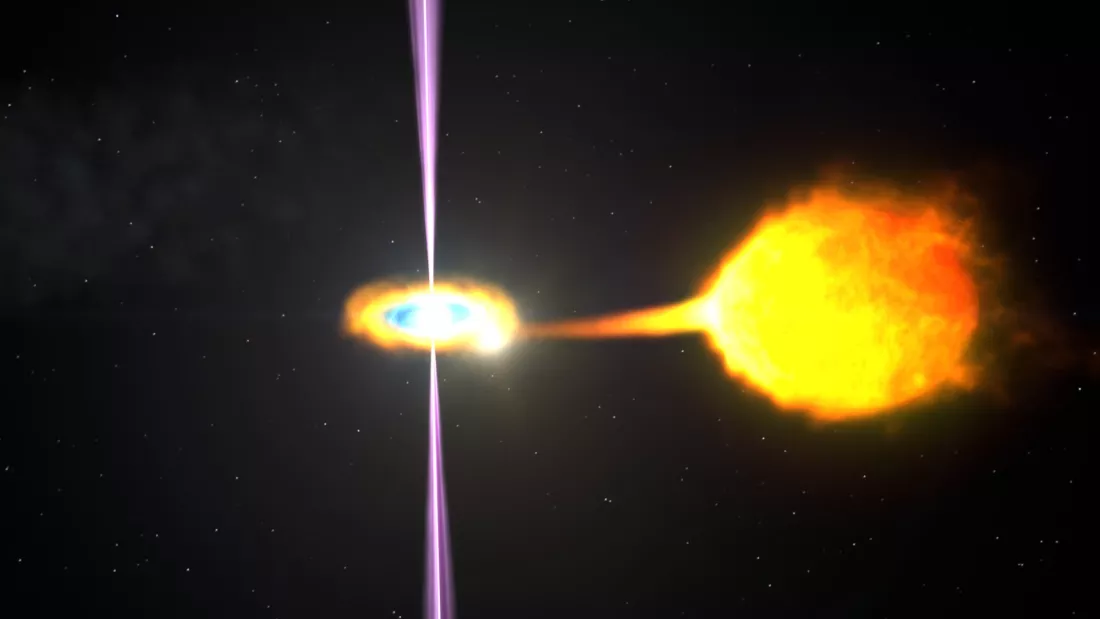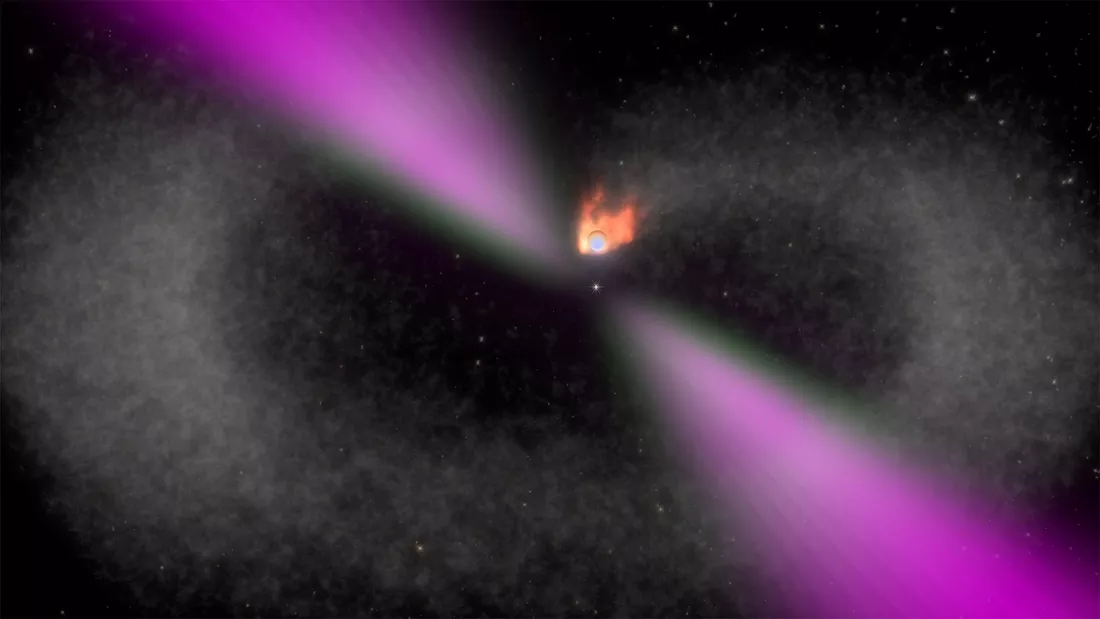According to techspot, astronomers often find celestial bodies that break through the boundaries of our existing knowledge. A recently discovered binary star - possibly a Samsung - system shows that we still have a lot to learn about how celestial bodies in our universe work. Scientists at the California Institute of technology's Zwicky transient facility (ztf) have discovered a strange binary system. It is the "black widow" star system named ztf j1406 + 1222**

On Wednesday, astronomers published a paper on their discovery in the academic journal. There are several things that make ztf j1406 + 1222 unique.
First, black widow is a rare binary system in which a dead neutron star, also known as a pulsar, revolves around a hydrogen rich star - in this case, a brown dwarf. Over time, a pulsar destroys its companion by absorbing material from it and using high-intensity gamma radiation.
One of the things that makes this event strange is that the pulsar moves very, very fast. Although this is the typical behavior of the "black widow" system, the pulsar broke the record with an orbital period of just over an hour - 62 minutes. The previous record holder was PSR j1653-0158, whose orbital period was only 75 minutes. Other "black widow" systems are more in the range of 8 to 9 hours, which is still quite fast.
"This 62 minute orbital period is amazing because we don't understand how stars can enter such a tight orbit," said Kevin Burge, the study's lead author. "The process by which pulsars devour their companions should actually separate them. This breaks through what we think is possible."
The black widow binary system is very rare. They were first discovered in the 1980s, and since then, astronomers have found only a few dozen. This one happens to be the closest one we have observed so far, which is another thing that makes it unique.
Finally, it is strange that the third star seems to be gravitationally connected with the binary system, making it a three body system. This third star belongs to a category called "cold sub dwarfs". These celestial bodies have very little mass and metal, and are mainly composed of hydrogen and helium.

The strange thing about this third object is that, in theory, it should not be associated with ztf j1406 + 1222. It is about 600au away from the pair of stars (1AU is the distance between the earth and the sun), and its low mass means that almost any stellar event should knock it out of orbit. Technically speaking, the supernova of ztf j1406 + 1222 pulsar should blow it out of the gravitational control of the system.
Although ztf j1406 + 1222 appears to be a new "black widow" binary system, scientists caution that their results have not been confirmed.
"Our data show that we are observing a black widow binary system, but it may be a whole new thing," Burge said
The team is waiting for NASA's Chandra X-ray Observatory to confirm its findings.